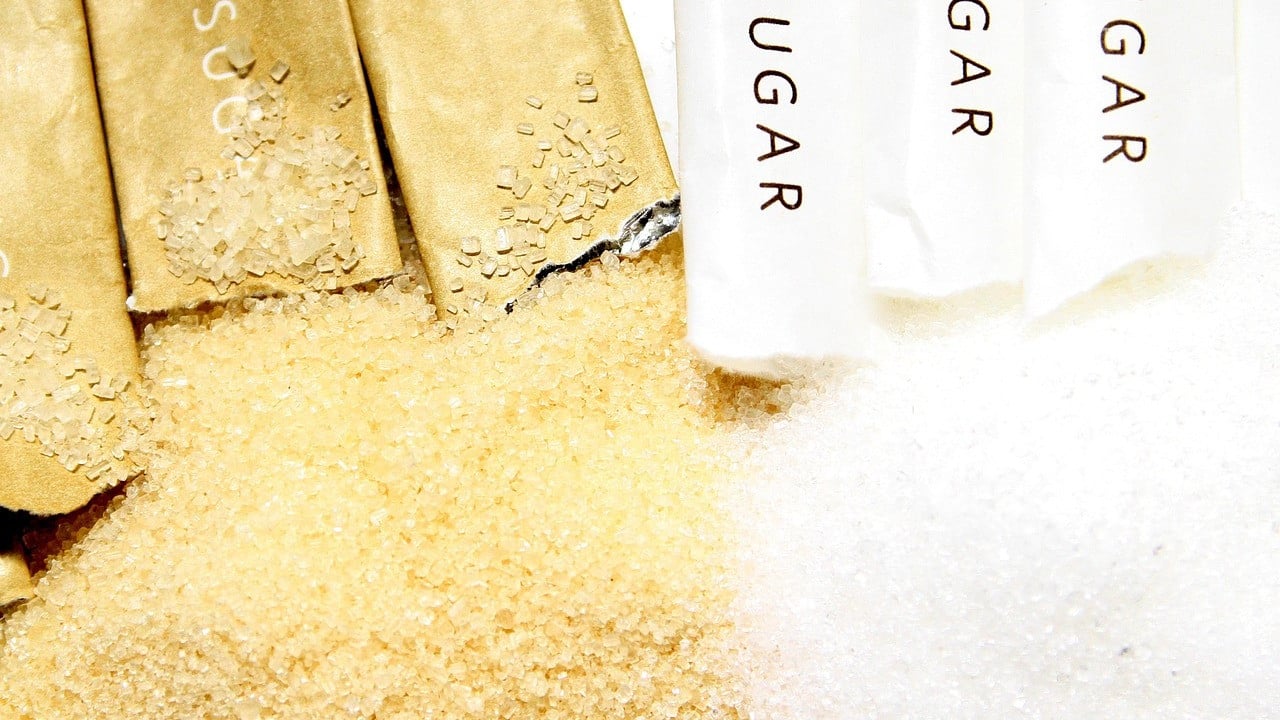Discover the Uses and Advantages of Beet Sugar Vs Cane Sugar in Your Daily Diet Regimen
Checking out the distinct high qualities of beet and cane sugar reveals more than simply their sweetening capabilities; it highlights their one-of-a-kind effects on wellness and culinary arts. Beet sugar, recognized for its subtle taste, is frequently preferred in delicate treats, whereas cane sugar, with its tip of molasses, includes richness to durable dishes. Each kind holds its own dietary account and glycemic implications, welcoming a much deeper understanding of their functions in a balanced diet and lasting consumption techniques.
Origin and Manufacturing Procedures of Beet and Cane Sugar

The distinct climates and dirt types required for expanding sugar beets and sugarcane add to differences in their farming methods and geographical circulation, influencing the business economics and sustainability of their production. beet sugar vs cane sugar.
Nutritional Comparison In Between Beet Sugar and Cane Sugar
In spite of stemming from different plants, beet sugar and cane sugar are nutritionally very similar, both primarily consisting of sucrose. Each provides regarding 4 calories per gram, converting to roughly 16 calories per teaspoon. Structurally, both sugars are made up of approximately 99.95% sucrose, with marginal quantities of various other compounds like wetness and trace element, which do not dramatically modify their nutritional profiles.

Ultimately, when choosing between beet sugar and cane sugar based on dietary material alone, both deal the same advantages and drawbacks as they are essentially types of the very same particle-- sucrose, giving quick energy without other nutrients.
Effect On Health: Glycemic Index and Caloric Content
Exploring further into the effects of beet read what he said sugar and cane sugar on health, it is vital to consider their glycemic index and calorie web content. The glycemic index (GI) of both beet and cane sugar is around 65, classifying them as high-GI foods, which can cause quick spikes in blood sugar degrees.
Each kind of sugar includes around 4 calories per gram, making their caloric content matching. For those keeping an eye on caloric intake, specifically when taking care of weight or metabolic health and wellness conditions, recognizing this equivalence is crucial (beet sugar vs cane sugar). Excessive intake of any kind of high-calorie, high-GI food can contribute to wellness problems such as obesity, heart condition, and insulin resistance.
Environmental and Economic Considerations of Sugar Production
Beyond wellness effects, the manufacturing of beet and cane sugar likewise elevates considerable environmental and financial issues. Sugar beet farming often tends to require cooler climates and has a reduced geographical footprint compared to sugar cane, which grows in tropical areas. Both plants are extensive in terms of water usage and land profession, potentially leading to logging and water shortage. Financially, the international sugar market is very volatile, affected by modifications in international trade policies and subsidies. Numerous countries incentivize sugar manufacturing via financial backing, skewing market costs and affecting small-scale farmers adversely.
Additionally, making use of chemicals and plant foods in both beet and cane sugar farming can bring about soil destruction and air pollution, further impacting biodiversity and local water bodies (beet sugar vs cane sugar). The option in between cultivating sugar beet or cane frequently depends upon regional ecological problems and financial variables, making the sustainability of sugar manufacturing a complicated issue
Culinary Applications and Taste Differences
While the ecological and financial aspects of sugar production are indeed substantial, the choice in between beet and cane sugar additionally influences culinary applications and taste profiles. Beet sugar, stemmed more from the sugar beet you could try these out plant, is known for its extremely neutral taste. This makes it a versatile ingredient in cooking, where it does not modify the flavor of various other components. It dissolves rapidly and is suitable for use in cakes, cookies, and breads.
Walking cane sugar, drawn out from sugarcane, frequently retains molasses traces, which present an unique splendor and deepness. The small variation in moisture web content between beet and cane sugar can affect the texture and consistency of meals, making cane sugar a recommended choice for certain dishes that benefit from its one-of-a-kind buildings.

Final Thought
To conclude, both beet and cane sugar have distinct origins and manufacturing procedures, supplying comparable nutritional profiles with small differences in sodium web content and flavor. While their influence on health, especially pertaining to glycemic index and calories, is comparable, the selection between them commonly steams down to ecological, economic factors, and specific culinary requirements. Recognizing these aspects can lead consumers in making notified decisions that line up with their wellness objectives and flavor choices.